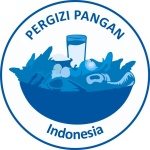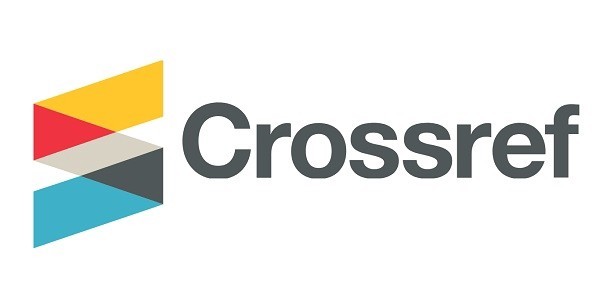SIMULASI KEBIJAKAN PERTANIAN TERHADAP PENGENTASAN KEMISKINAN DI INDONESIA
Abstract
Poverty alleviation is one of the main agendas of a country's economic development. Most of the poor are in the agricultural sector. Government policies in the agricultural sector are expected to be able to touch the most crucial problem in overcoming poverty. The purpose of this research is to; 1) analyze the factors that influence poverty in Indonesia through a structural equation approach. 2) Simulation analysis of alternative combinations of agricultural policies in efforts to reduce poverty in Indonesia. The research method used is an econometric model in the form of structural equations with the TSLS (two-stage least square) analysis method. The type of research data used is time series data on 34 observations. The results of the study show that the Indonesian poverty model is determined by government spending on infrastructure development, economic growth rates, and per capita income with a negative sign, while the variables inflation, rice retail prices, fuel prices (Premium), the amount of rice imports, and previous year's poverty have an influence on poverty in Indonesia with a positive sign. Statistically, the variables of economic growth, fuel prices and per capita income have a significant influence on Indonesian poverty. The policy of eliminating HPP rice which was set simultaneously with the policy of reducing the price of urea fertilizer by 20 percent and increasing the irrigation area by 12 percent resulted in the highest reduction in poverty, namely 0.2650 percent.

This work is licensed under a Creative Commons Attribution 4.0 International License.






